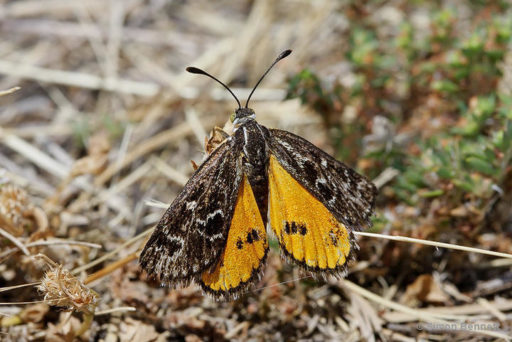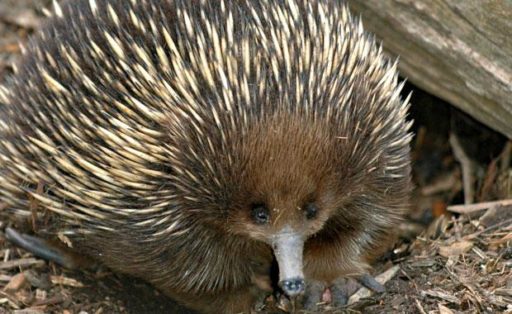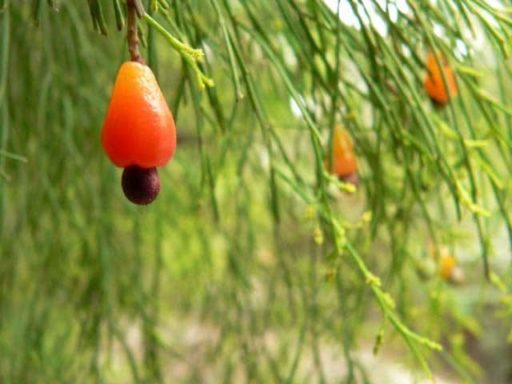Natural History
Natural history
Landscapes, biodiversity corridor and Landcare
One of the delights of the Great Victorian Rail Trail experience is the changing landscape. The woodlands of Tallarook and the meandering pathway along the Goulburn River, give way to open farmland and rolling hills. The Yea Wetlands are a thriving habitat for native birds. The rural hills approaching Alexandra township provide a memorable view of Cathedral Range and once over the bridge at Bonnie Doon, with Lake Eildon behind you, you glimpse the majestic High Country uphead. Mansfield Mullum Wetlands add a further landscape and flora and fauna layer to your rail tail experience.

Flora, fauna and railways, unlikely bed partners!
Railway lines, both living and extinct, often contain the last vestiges of local flora and fauna. It sounds bizarre but this pleasing legacy results from the fact that the vegetation was burnt by the railway authorities to control it, which was inherently natural for many vegetation types. Another eco-saving grace was that rail verges were rarely ploughed or fertilised.

Creating wildlife corridors
The other good news is that rail verges also serve as essential biological corridors allowing animals and plants to migrate between neighbouring pockets of remnant bush. Without this flow these remnants would inbreed and ecologically collapse.
Normally, many species would have limited ability to travel through open farmland. Woodland birds will often not travel beyond 20–40 metres without cover for fear of predation. A sugar glider can glide up to 50 metres from tree to tree but becomes instantly vulnerable the moment it touches the ground.
The rail trail provides a link of vegetation from the mountains to the floodplains, allowing species to travel daily and seasonally to access food, water and shelter. Overall, wildlife habitat is enhanced by the presence of large contiguous tracts of undeveloped land scattered throughout the corridor.
Changes across the landscape mean that the rail trail has become an important link for wildlife. Lower slopes, valleys and plains allow animals and birds to move through the landscape with safety and access fertile areas and water, both daily and seasonally.

Soil and toil
LANDCARE GROUPS
The Home Creek - Spring Creek Landcare group was established in the late 1980s. Members are local landholders, mostly engaged in cattle and sheep production. The history of the group involves assistance to its members in dealing with erosion issues and tree planting on various private and public properties in the district. Strong relationships exist between the local council, DSE, Trust for Nature and Tree Project Victoria in caring for the land within the catchment.
More recently the group has had significant involvement in the restoration of the Cathkin Rail Reserve, an important asset to the Great Victorian Rail Trail. The group aims to develop strong social support within the area, with all its projects, including weed control, tree planting for habitat and land health, and other Landcare activities, being undertaken to benefit the environment and local landholders.
Merton Railway Reserve is in a safe pair of collective hands under the management of the Merton Landcare Group. United by a shared desire to create positive change, the volunteers work together to help the environment, wildlife, farmers and community. The group has a long history of community activities and development of local features such as the cemetery and railway walk at Merton.
USEFUL LINKS
Upper Goulburn Landcare Network
